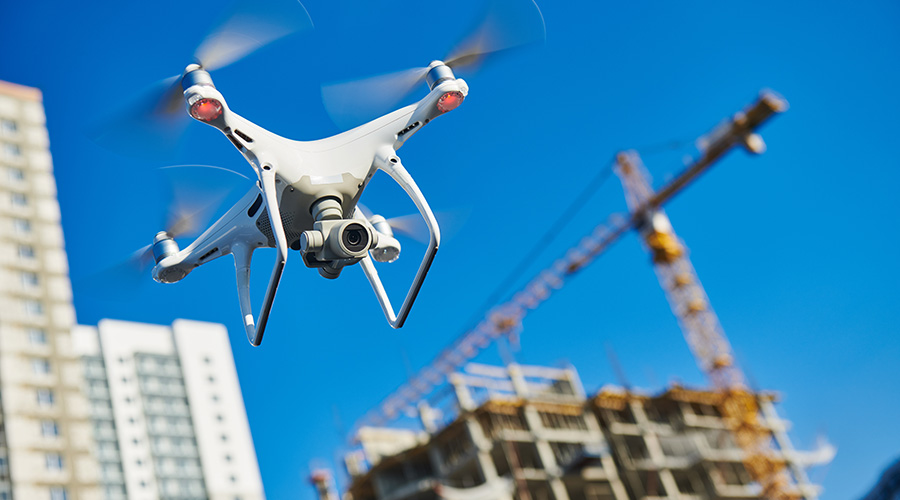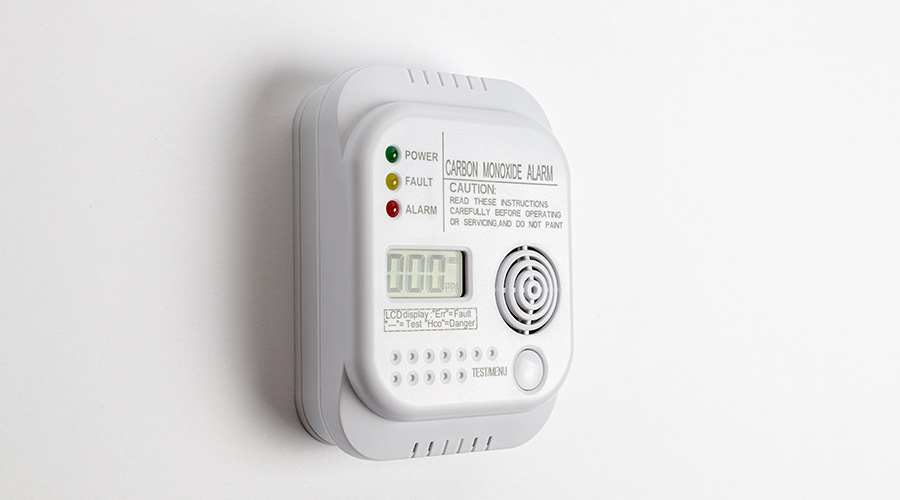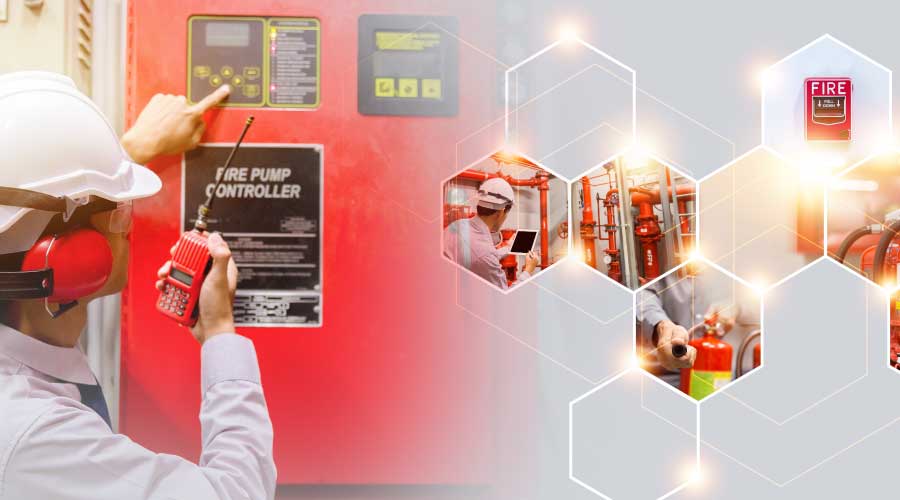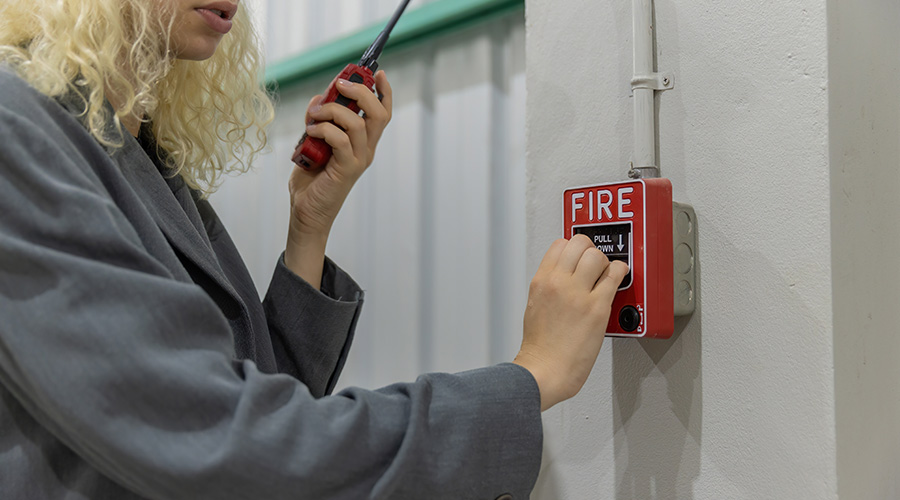Trouble Spots for Fire-Alarm and Detection Systems
Common issues inspectors find during testing include non-operational equipment or equipment that does not operate as originally installed, according to such parameters as sound-pressure levels and detector sensitivity.
Other issues commonly encountered include: systems that have not been maintained properly, such as not cleaning detectors in harsh environments; system modifications that are not code-compliant and, as a result, hinder system performance and integrity; and poor system installations and modifications.
A lack of knowledge about the system, improper documentation, and improper component and circuit labeling also can pose problems during testing. Also, accidental discharges of fire-suppression systems, such as clean agents and deluge sprinklers, can occur if the service company is not aware of specific system functions or does not follow proper testing protocol.
The age of a fire-alarm and detection system also can pose problems during testing. Systems that are 15 years old and older might have lived out their performance lives. Testing systems of this age typically uncovers problems that include equipment that no longer functions properly, defective components requiring replacement, and poorly maintained equipment.
Addressing system problems can be as simple as replacing faulty components, repairing wiring and conducting routine maintenance. Using competent, experienced fire-alarm contractors for system installations can reduce future problems resulting from poor installations.
Related Topics:















